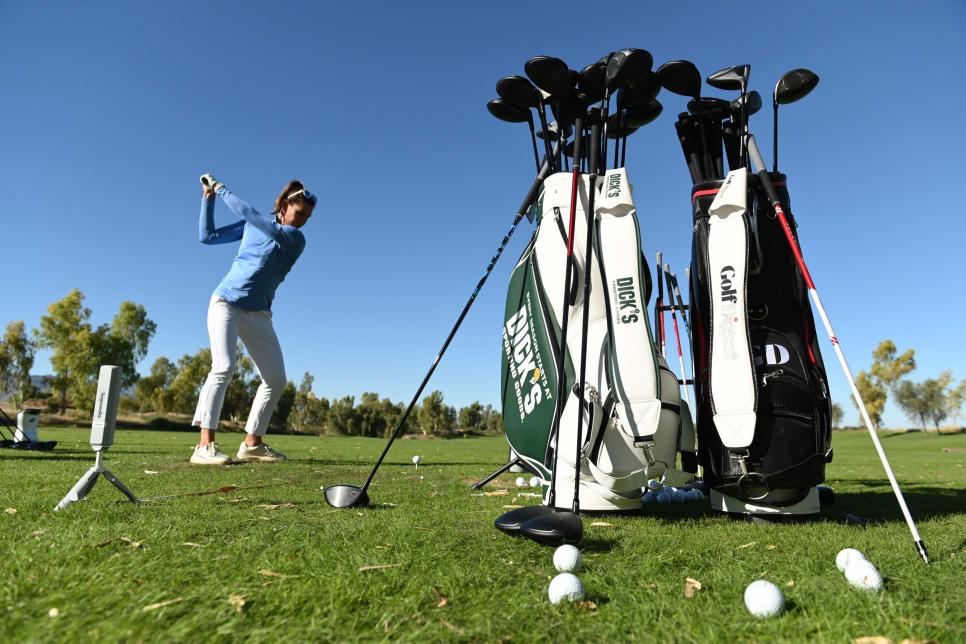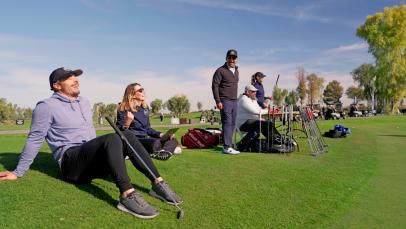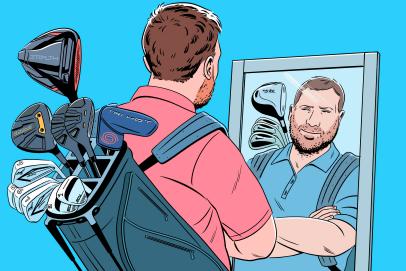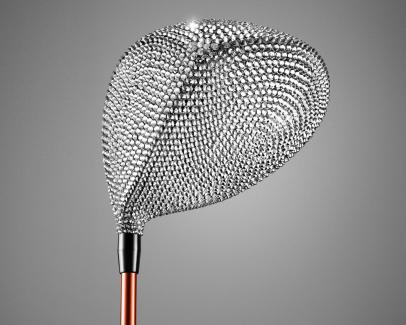We’ve long said that the Golf Digest Hot List should be the start point, not the end, of your search for the best equipment for your game. It's a trusted tool that can narrow the overwhelming choices of available clubs to a manageable number and better inform your session with a qualified fitter.
And just like with a good fitter it helps to answer a few questions beforehand that will identify your most important equipment needs. The only real requirement is to be brutally honest with yourself. Here are eight queries you should already know the answer to before embarking on your club-buying journey.
What am I hoping to get out of new clubs?
A lot of people want new clubs. Not everyone, however, knows why they want them. It could be that yours are old. Or you just want a chance of scenery. Or you were swayed by a tour player who uses something. Regardless of the reason, you should know why you’re doing this in the first place.
What’s the worst club in my bag?
You might be in love with the idea of grabbing hold of the latest supersonic driver, but is that what you really need? Asking yourself the above question allows you to zero in on a club (or clubs) that would serve you better than simply replacing a driver that’s only two years old. Perhaps it’s your long irons and hybrids that need an upgrade. Or that old blade-style putter that once was super reliable but now is nothing short of balky. In short, think need, not want.
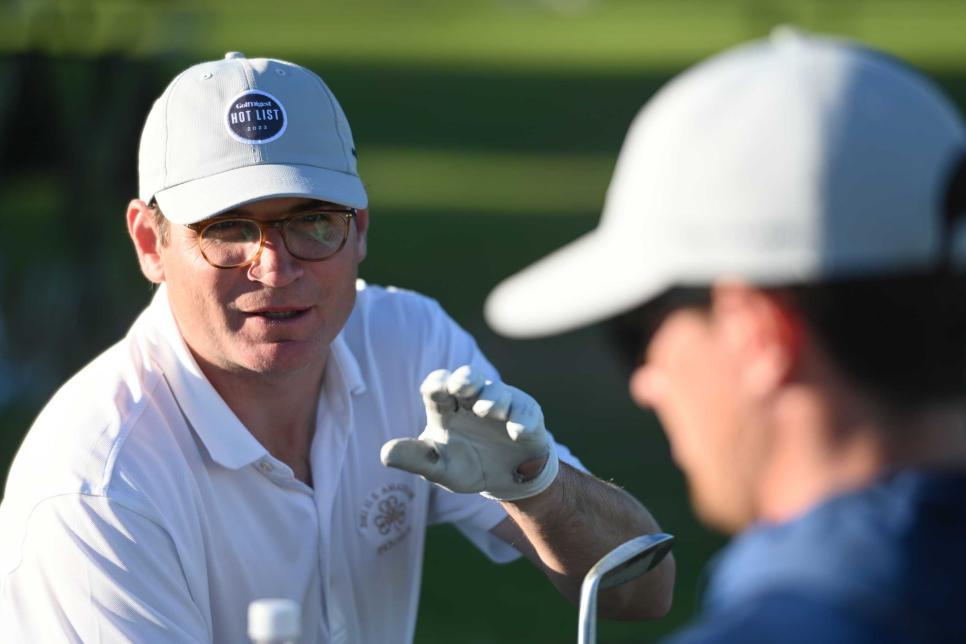
J.D. Cuban
What’s my budget?
No one likes to admit to spending limits, but most of us have them. Just like any other purchase you make, know what your threshold is before trying out new sticks. You don’t want to fall in love with a $1,400 set of irons if you’re not willing to spend more than $900. Why? Because you’re either going to overspend or you might feel like you’re getting a lesser club. The Golf Digest Hot List details the cost of every club on it so you can get a head start. Set your limit and stick to it. There’s likely something perfectly good for in your price range
What is the miss I struggle with most?
The most likely reason you’re looking for new clubs is that something is not quite right with your game. But what, exactly? Are you fighting a wicked slice off the tee? Are you consistently missing greens inside 100 yards? Are you leaving it in the bunker or skulling it over the green from the sand? Or maybe you’re three-jacking as often as two-putting? If you have a stat-tracking app such as Arccos take a long look at what it’s trying to tell you. Determining the biggest flaw you’re trying to fix will lead you to the purchase that will help you the most
Do I need new wedges?
Wedges might be the least considered clubs of all, normally replaced only when the grooves on your old ones are well past their useful life. We get it. The number of loft, bounce and grind combinations can be mind-numbing. And what’s the use of testing wedges off a mat or with a range ball? Valid points, but to give the wedges short-shrift is a huge mistake. There are things you will learn by asking yourself the right questions. Do I have a wedge for pretty much every yardage I would need one for? If not, is there a club you hit less often (say a 4-iron) that you could swap out for a fourth or even fifth wedge? Is it possible the bounce and grind of your wedges are ill-suited for your swing or the condition of your course? And if your highest-lofted wedge says “S” on the sole, you have your answer. You need new wedges.
What iron category do I belong in?
Not every sole works for every type of player which is why, as a general rule (but not an exclusive one), better players tend to gravitate toward the thinner soles generally found on players or players-distance irons. Those allow for more versatility in shot-making. Those less skilled, meanwhile, tend to lean toward thicker soles on game-improvement or even super-game-improvement irons. Those clubs boast lower centers of gravity and assist in getting the ball airborne while also mitigating the effect of shots hit fat. Which one are you? Be honest, now.
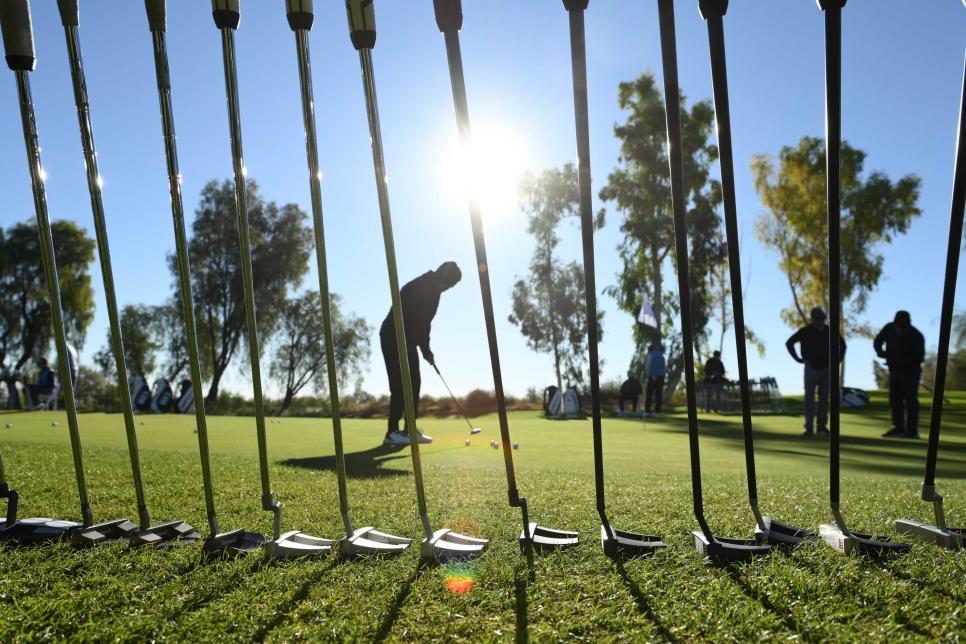
J.D. Cuban
Am I pushing or pulling putts?
When in the market for a putter, it's not enough to say you're missing too many makable putts. It’s knowing how you’re missing those putts that can help point you in the right direction of a new flat stick. Knowing your miss can help you choose between either a face-balanced putter (many mallets and center-shafted blades) or perhaps a putter with toe hang (most heel-shafted blades and some mallets). Knowing your miss is key to eventually more makes.
How much does look, sound and feel matter to me?
Whenever we’re asked why we don’t simply rely solely on robot testing for the Hot List, our answer is the same: robots don’t buy golf clubs, golfers do. That means there are things humans are either drawn to or recoil at that a robot can’t discern. That applies particularly to the look, sound and feel of a club. Do you prefer a loud sound or a muted one? Do you like minimal lines or aggressive ones? Do you want a firm feel or a soft one? Knowing your preferences can not only make the Hot List a more valuable tool (our look, sound and feel ratings combined with our writeups and player comments often provide information on such things), but might even help you choose one club over the other.
